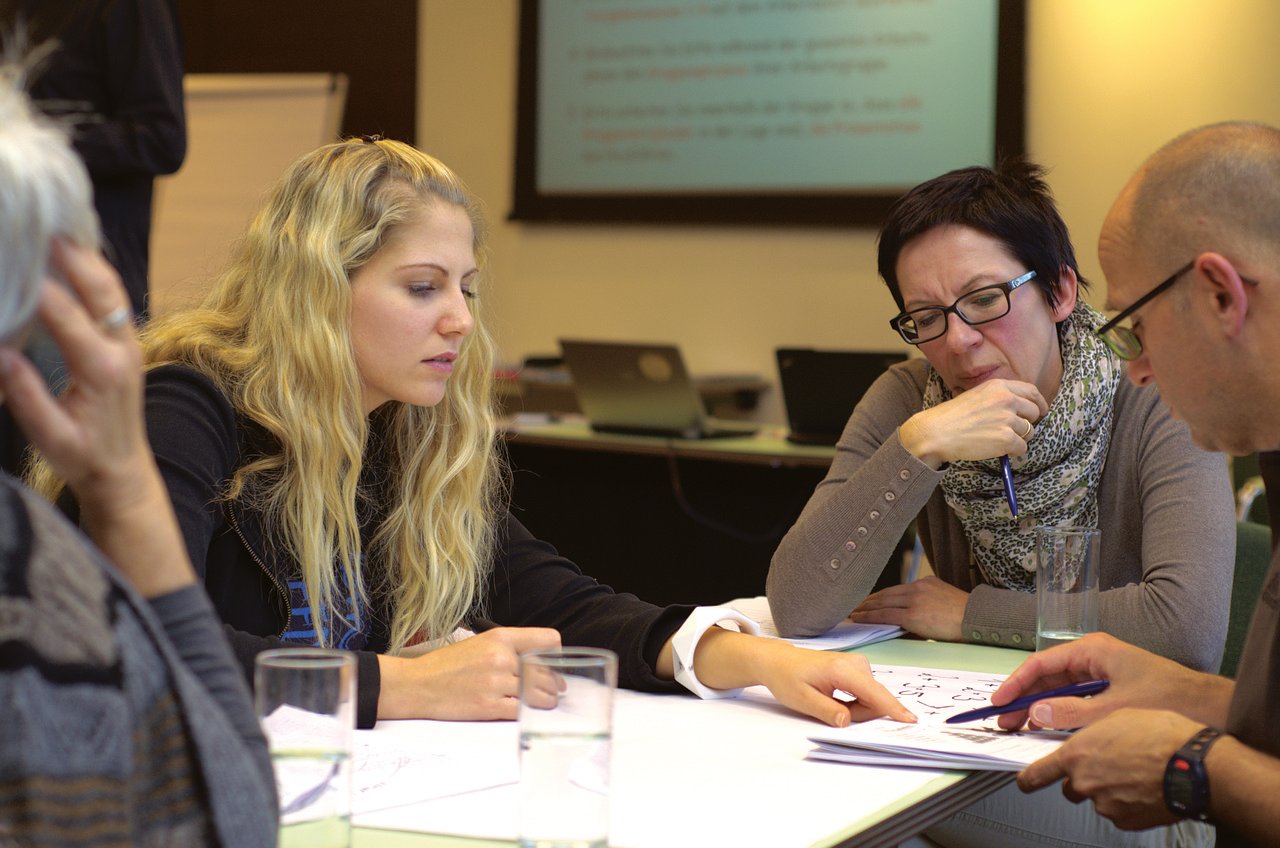Overview
STEM education—Science, Technology, Engineering, and Math—is foundational to a country’s future. STEM education builds critical thinking skills, design thinking capabilities, and innovation—enabling the next generation of creators and business tycoons. A robust STEM education program that can be deployed in even the most remote parts of a country is the need of the hour. Employment in STEM occupations is predicted[1] to grow by 8.8% by the year 2028. Employment in non-STEM occupations, on the other hand, is projected to grow only by 5%. Building a strong STEM foundation now will set students up for success in 2021 and beyond.
Deploying this STEM education program was the mission of our client—a non-profit organization that manages one of the world’s largest hands-on mobile science education programs, which caters to the needs of not only economically underprivileged children but also their public schoolteachers in areas considered urban, semi-urban, and rural across 19 states in India. They reached out to ansrsource to develop the modules for their mobile learning program.
Client needs
With the intention of building a mobile school, the client sought micro-learning modules on various science topics: Air, Biodiversity, Energy, Soil, and Water. These modules were to be made available to children and public schoolteachers in rural, semi-urban, and urban regions.
The client required these modules to be delivered in English and five vernacular languages—Hindi, Kannada, Marathi, Odia, and Telugu.

Our approach
The ansrsource approach always involves placing the needs of the customer first and coming up with a solution centered around those needs. In this case, ansrsource’s mission was to curate modules for the mobile school that will help propagate STEM education in rural, semi-urban, and urban areas.
The team at ansrsource blended 3D character animation, animated videos, and other instructional content, including interactive components, to create modules that could engage young minds. Our team of highly skilled and experienced subject matter experts, instructional designers, animators, content developers, content writers, video editors, and programmers worked tirelessly to deliver 150 modules in 6 different languages.
Learning techniques incorporated
- Video-based learning
- Interactive learning
- Assessment and remediation
- Mobile learning
- Microlearning
- Visualization
Results from the solution
The solution resulted in a more practical approach to teaching economically disadvantaged students in rural and semi-urban regions. This also resulted in engaging and comprehensive modules to keep students interested in the concerned subjects.
1000+
Students enrolled
150
Modules developed
18 months
Development time
37.5
Hours of learning
